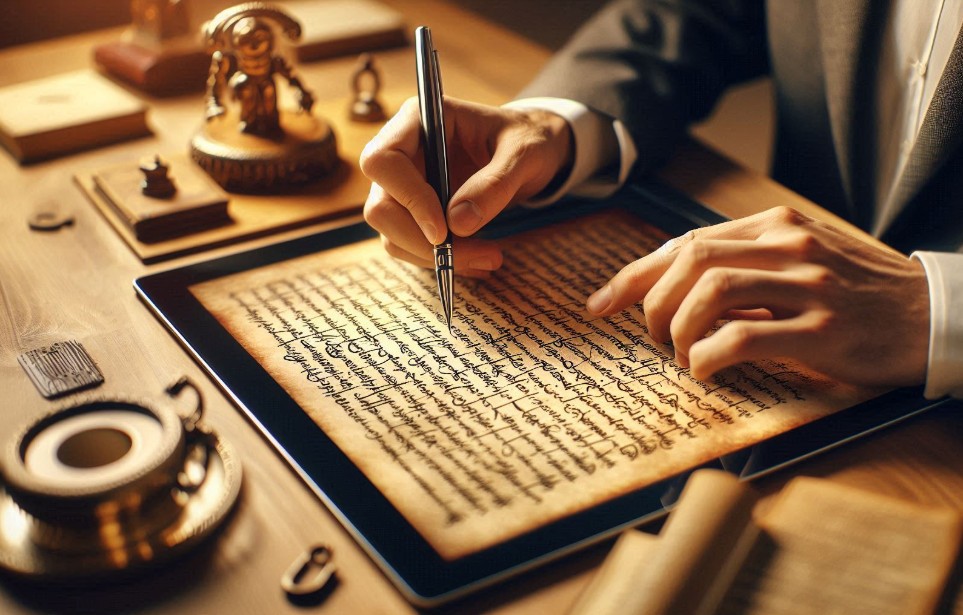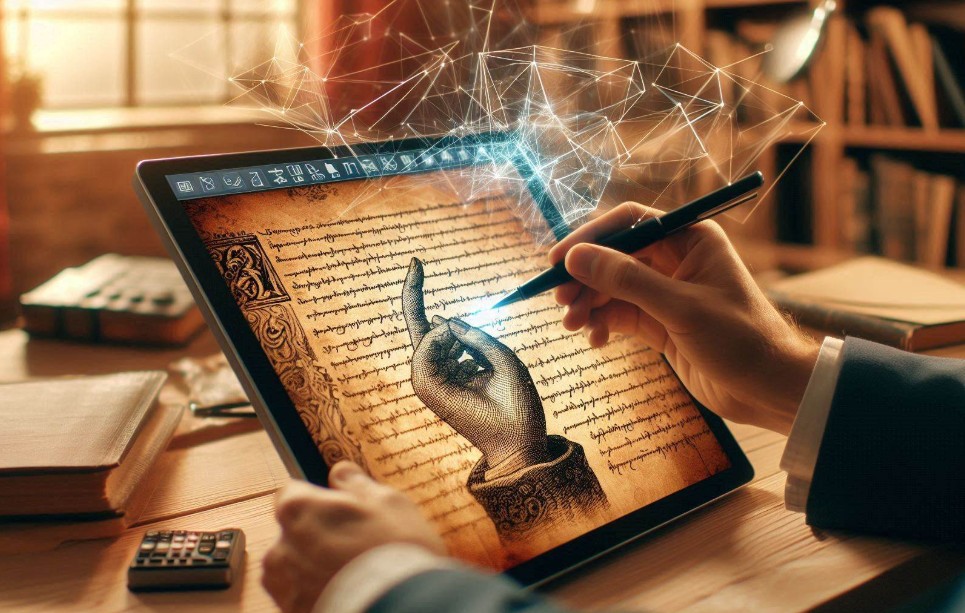In recent years, there has been a significant advancement in the field of Artificial Intelligence (AI) and Augmented Reality (AR). These technologies have become increasingly popular and have the potential to enhance virtual experiences in various fields such as gaming, education, healthcare, and...
Handwriting Recognition System Decodes Old Letters

The advancement of technology has opened new doors for exploring historical documents that were once difficult to understand. With the help of modern tools, it is now possible to convert handwritten text from centuries ago into readable digital formats, revealing valuable insights about the past.
Innovative solutions have allowed researchers to break through barriers that traditional methods couldn't overcome. These methods use sophisticated algorithms to interpret various forms of penmanship, even those that are poorly legible or damaged over time. As a result, these once-hidden narratives are now accessible for analysis and study.
By using these cutting-edge techniques, scholars can uncover details from handwritten sources that would otherwise remain a mystery. This breakthrough in deciphering historical documents has opened up new opportunities for learning about the people, cultures, and events of previous eras, offering a deeper connection to the past.
How Handwriting Recognition Transforms History
Technological advancements have made it possible to unlock the secrets of the past by enabling the reading and interpretation of handwritten documents that were once beyond reach. This transformation allows historians and researchers to access materials that offer new perspectives on ancient events, people, and cultures.
Preserving the Past
Many historical manuscripts are deteriorating due to age, making them difficult to read and preserve. By applying modern tools, researchers are able to digitally preserve these documents, ensuring their survival for future generations. This process not only protects the physical integrity of important records but also makes them available to a wider audience, promoting further study and understanding.
Revealing Untold Stories
With the ability to interpret difficult-to-read texts, previously inaccessible information is now available to scholars. The accurate interpretation of faded or intricate handwriting provides access to personal letters, diaries, and official records that shed light on the lives of people who lived centuries ago. This information can significantly change our understanding of historical events and social dynamics.

Unlocking Secrets from Handwritten Archives
Historical documents, often written by hand, contain valuable insights about past societies, cultures, and individuals. Many of these documents have remained hidden or incomprehensible due to the challenges posed by their physical state and intricate writing styles. With the aid of advanced technological tools, it is now possible to reveal the information contained within these valuable archives.
By analyzing the structure and content of handwritten materials, researchers are able to uncover forgotten stories, important events, and personal narratives that offer a glimpse into history. This breakthrough allows historians to make connections across time periods and regions, creating a richer, more complete understanding of the world’s past.
Challenges in Decoding Historical Manuscripts
Interpreting historical documents can be a complex and difficult process, especially when the text is faded, damaged, or written in unfamiliar styles. While modern technology has made significant strides in assisting with these tasks, several challenges remain that hinder the accurate extraction of information from these valuable records.
Dealing with Faded and Damaged Text
One of the most significant obstacles in reading ancient documents is the degradation of the materials over time. Physical damage, such as tearing, discoloration, or fading, can make portions of the text almost impossible to read. This poses a serious challenge for researchers trying to recover important details. Common issues include:
- Illegible characters due to ink fading
- Torn sections of paper or parchment
- Discoloration that obscures original text
Unfamiliar Writing Styles and Scripts
Even when documents are not physically damaged, the style of writing can pose challenges. Historical texts often feature scripts and handwriting that differ greatly from modern writing systems. Some of these issues include:
- Unconventional or artistic letterforms
- Differences in spelling and grammar usage
- Rare or obsolete characters not in common use today
These factors can complicate the process of interpreting manuscripts, requiring researchers to employ advanced tools and expertise to overcome the difficulties posed by ancient texts.



